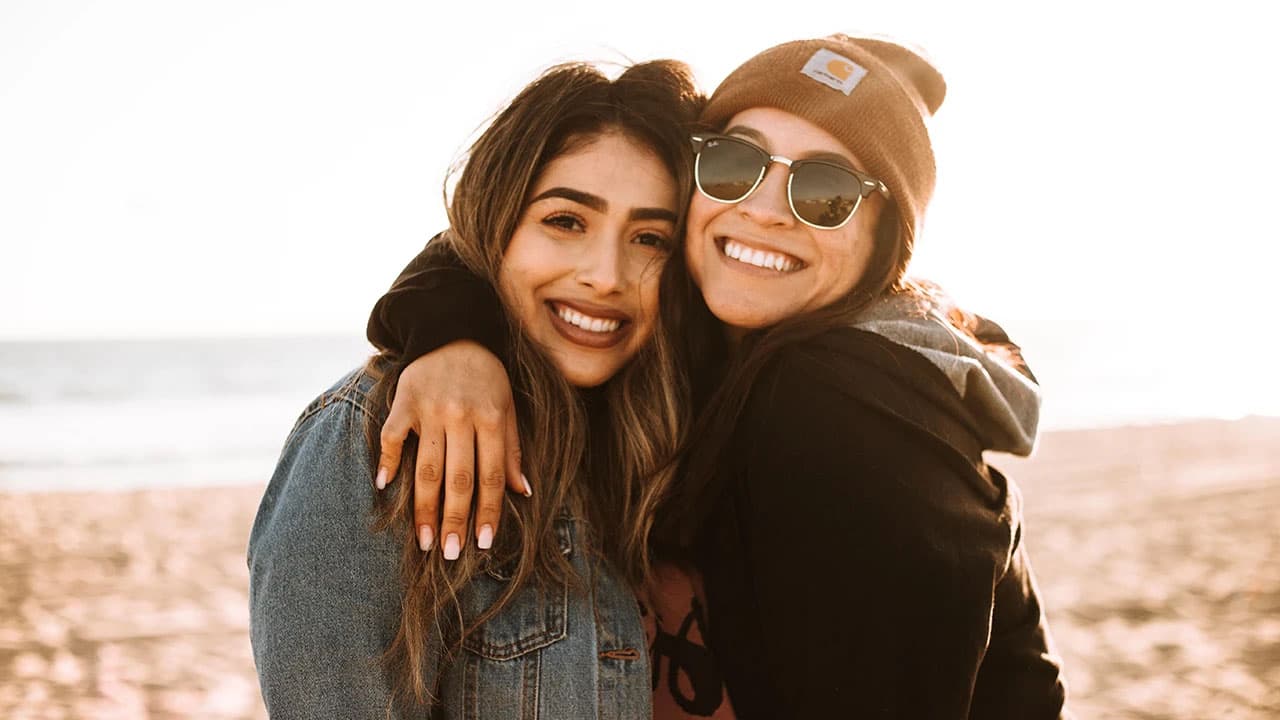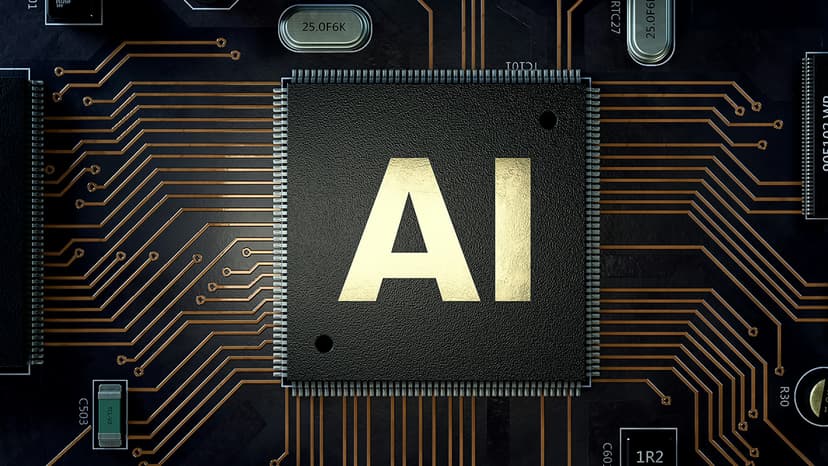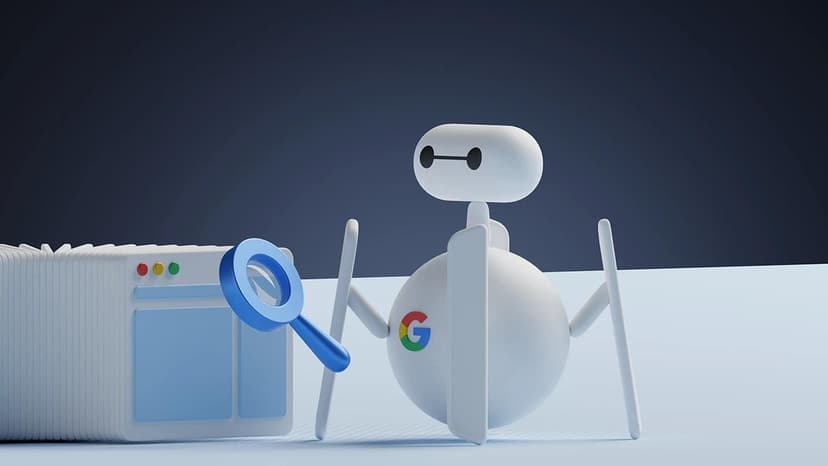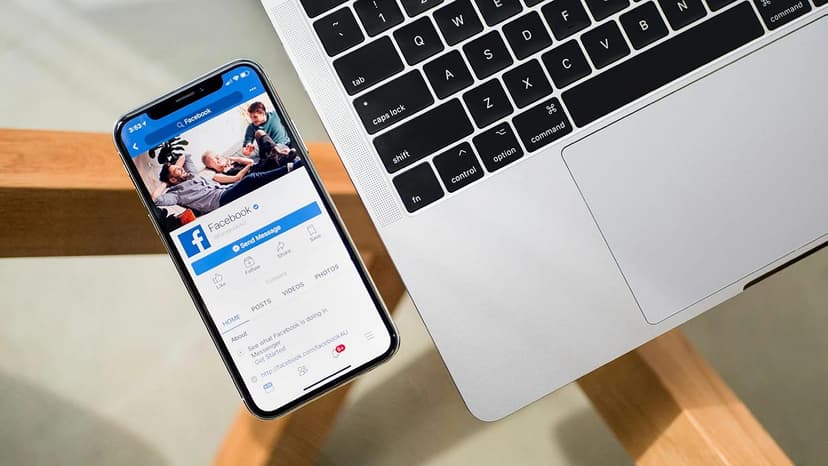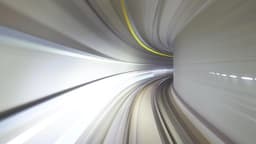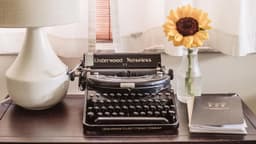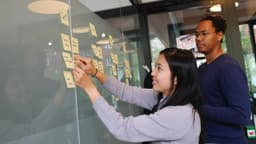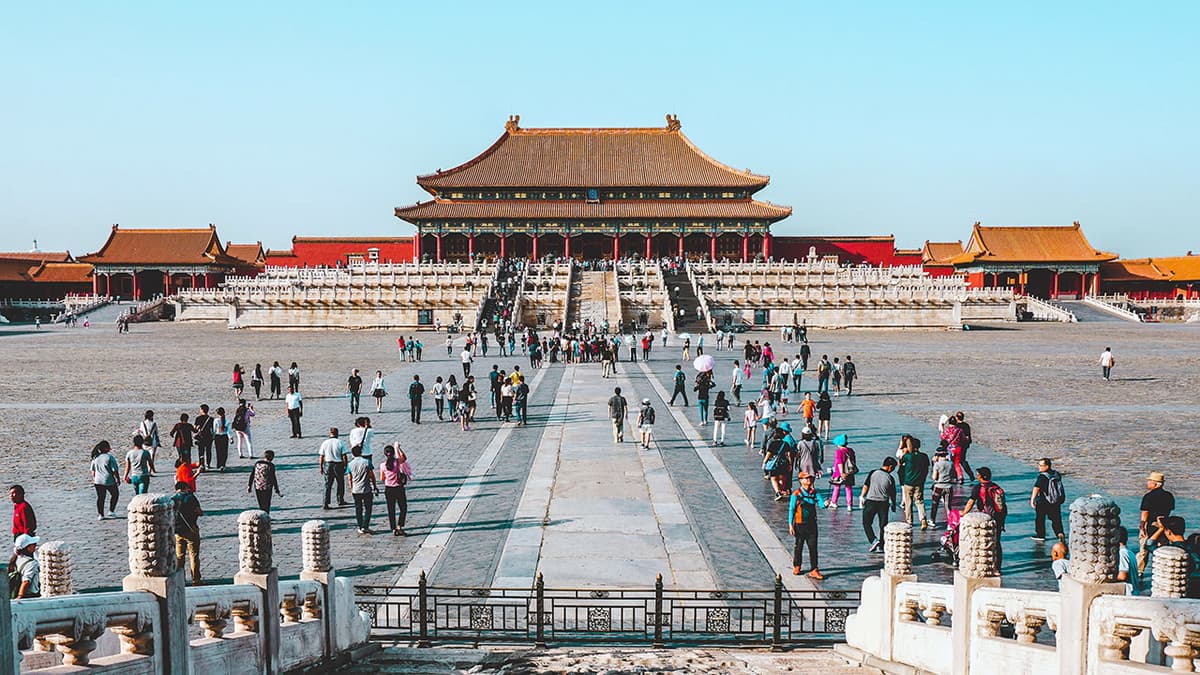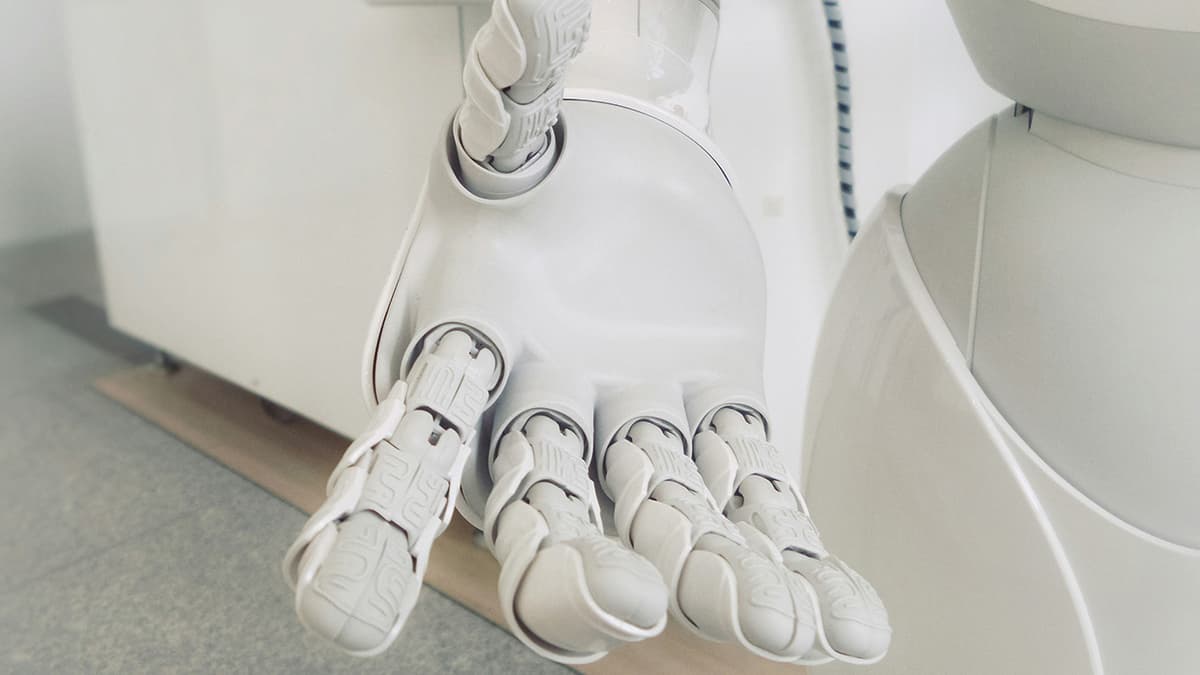What Does "Qu'est-ce que c'est" Mean in French?
If you've ever found yourself watching a French film or talking to a French friend, you might have heard the phrase "qu'est-ce que c'est." In English, this phrase means "what is it?" It's a simple yet very useful expression in French. For anyone learning the language, mastering this phrase can open up tons of opportunities for questions and conversations.
How is it used in conversation?
"Qu'est-ce que c'est" is pretty versatile. Imagine being in a French market and seeing something unfamiliar. Instead of pointing and using sign language, you can simply say, “Qu'est-ce que c'est?” This will help you find out what the item is without any confusion.
Here are some practical examples:
-
At a Museum: You see a painting that interests you.
- You: “Qu'est-ce que c'est?”
- The guide: “C'est une peinture du 18ème siècle.” (It's a painting from the 18th century.)
-
At a Friend's House: You see a dish on the table that looks delicious.
- You: “Qu'est-ce que c'est?”
- Your friend: “C'est un plat de ratatouille.” (It's a dish of ratatouille.)
-
Walking in a City: You see an unusual building.
- You: “Qu'est-ce que c'est?”
- A passerby: “C'est la bibliothèque nationale.” (It's the national library.)
Why is it important to know?
Knowing "qu'est-ce que c'est" is very helpful for anyone trying to get a better understanding of French. It's one of the first things you should learn, as it opens up the ability to ask questions and learn new words. Plus, it shows locals that you're making an effort, which can go a long way in forming friendships and positive interactions.
Common mistakes to avoid
When you're using "qu'est-ce que c'est," remember a few key points to avoid errors:
- Don't confuse it with other question forms. Stick to using it when you want to ask "what is it."
- Pronunciation matters. Make sure you’re saying it as “kess-kuh-seh” and not overcomplicating the sounds.
"qu'est-ce que c'est" is a straightforward but crucial French phrase. It's useful in many situations, allowing you to ask about objects, food, places, and much more. Start using it today, and soon you'll find that your French conversations are flowing much more smoothly.
